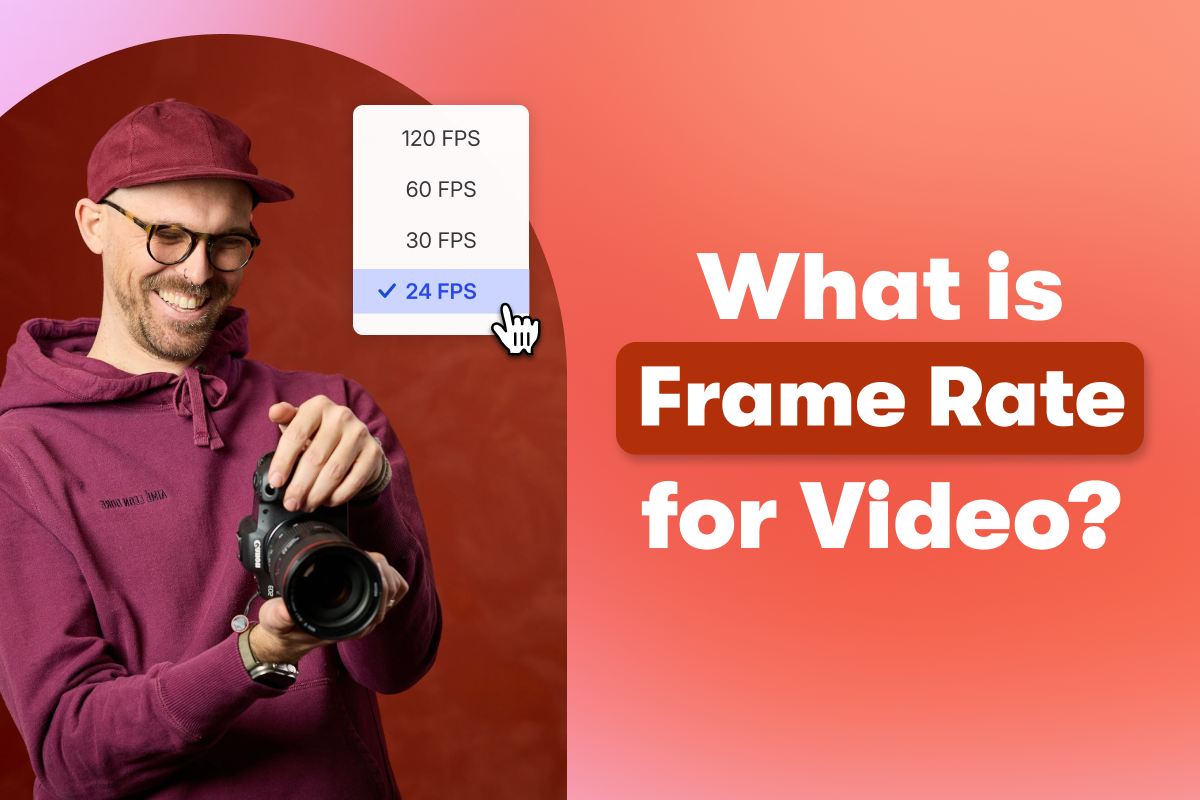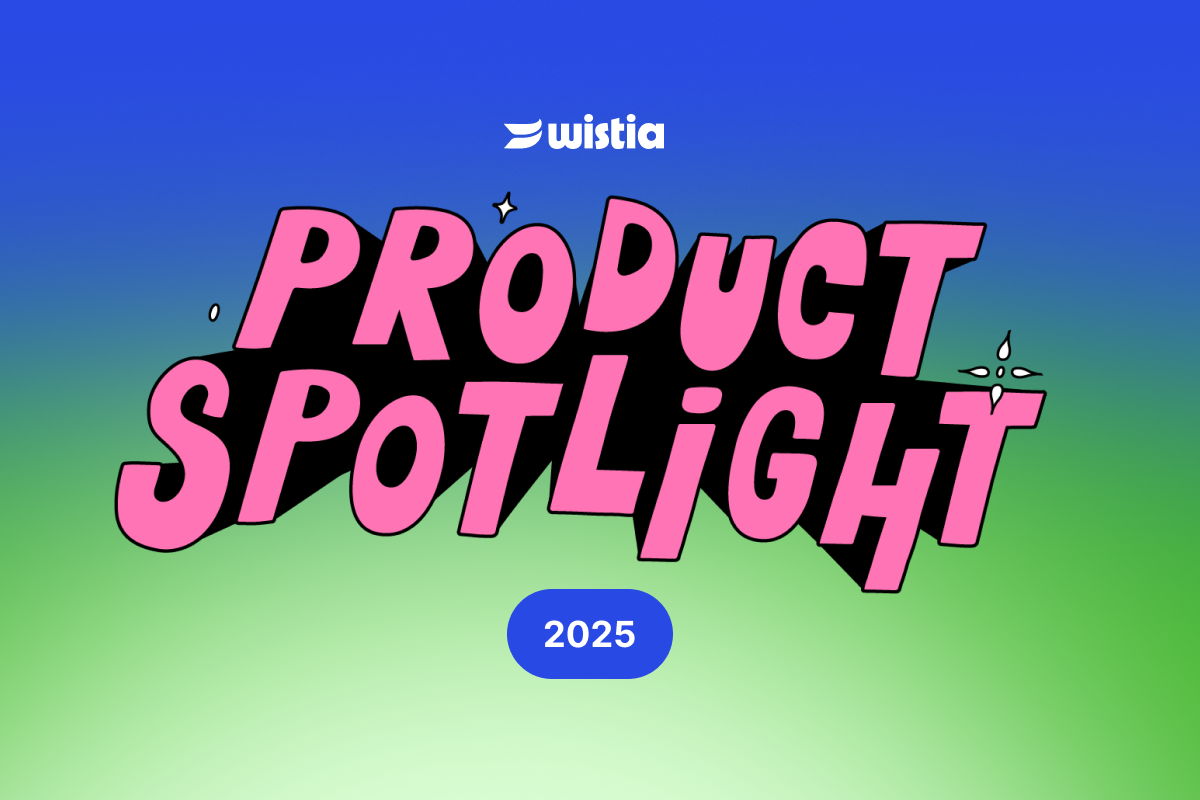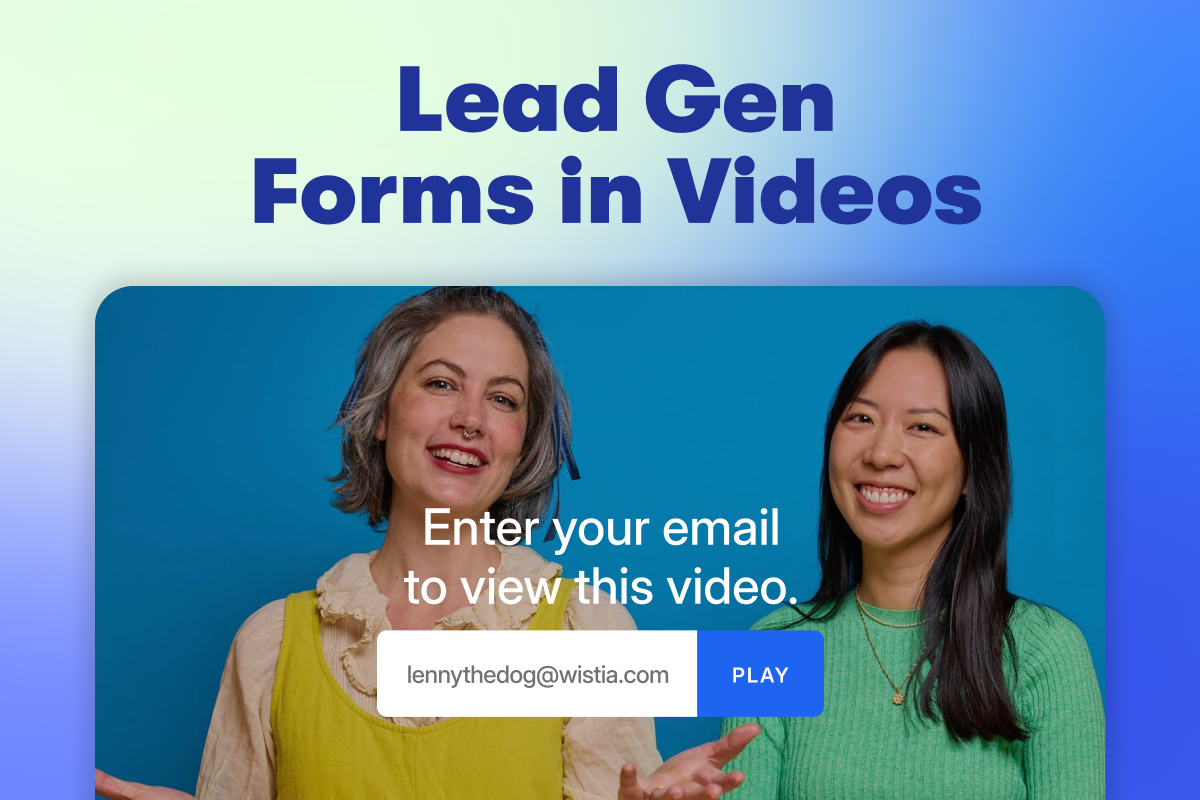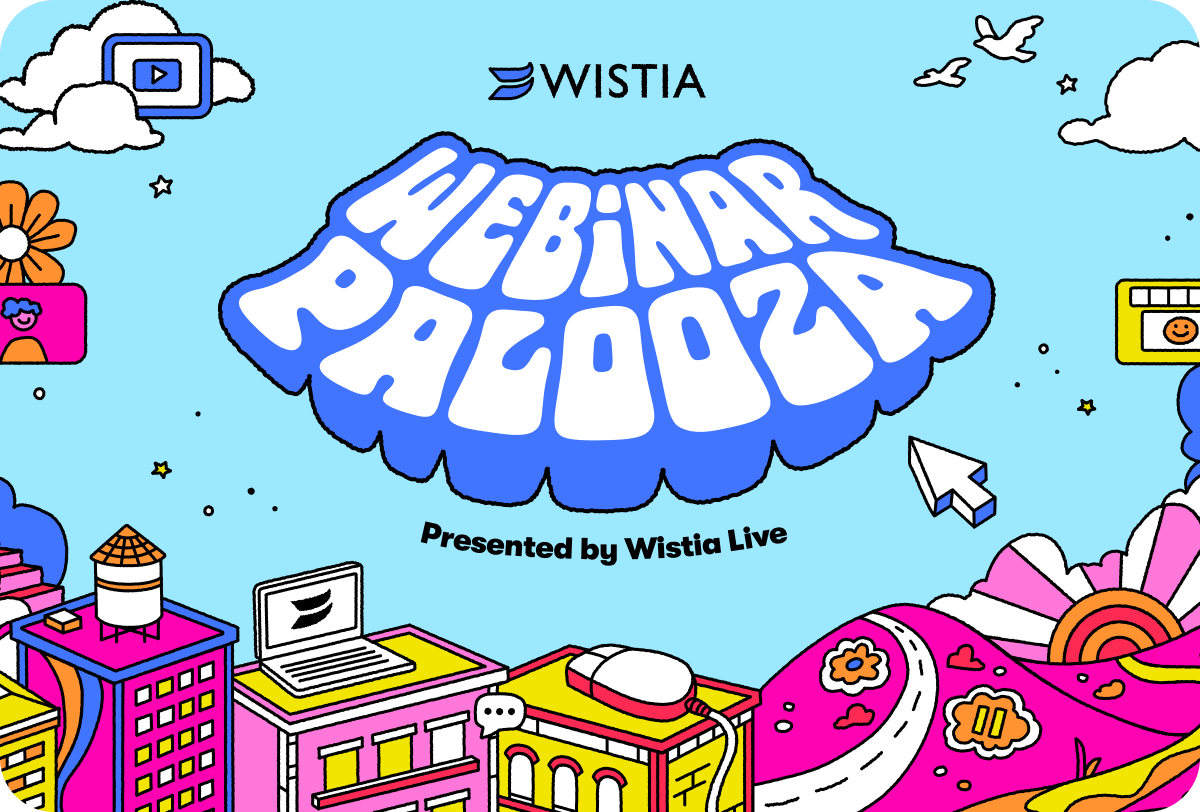How Compelling Copy Can Transform a Call to Action
November 7, 2017
Topic tags
Any parent or teacher will tell you that yelling rarely gets children to do what you tell them to. In fact, it might end up having the opposite effect. So why do so many marketing calls to action “yell” at us?
Most web CTAs appear loudly and out of the blue, demanding something from you before explaining why. And let’s face it, there are few things as annoying as clicking on an article, only to find the content obscured by a huge “SIGN UP NOW!” button.
So why do we use CTAs if they’re so frustrating to the viewer? Obviously, not all CTAs are bad. In fact, when executed thoughtfully, they have the power to convince people to act in specific, targeted ways. Before we get into some of the best CTA tactics, let’s take a look at what you should avoid.
Why most CTAs are ineffective
Calls to action fail to convert for a few main reasons:
- The necessary action isn’t clear.
- There isn’t enough information.
- There’s nothing charming or engaging.
- The timing is off.
For example, while reading an article on Greatist, a fitness and health blog, I was greeted by a sizable CTA about halfway through the piece.
Not only does this message interrupt my reading by blanketing the entire page, but it also feels a bit off as a first-time visitor; nobody wants to subscribe to a mailing list blindly.
And while giving site visitors the opportunity to sign up for your newsletter is par for the course, there are many more convincing (and delightful) ways to do it. With the right balance of direct language, visual information, and easy flow on the page, you can create CTAs that compel people to act — and make them excited to do so!
When in doubt, be direct
Sometimes the best way to get someone to take an action is to tell them exactly what you want them to do right off the bat. We took a look at nearly 450,000 CTAs across videos hosted on our platform and found that including action-oriented words tends to work best when it comes to converting viewers.
Download an eBook. Register for a webinar. Sign up for a newsletter. If you prevaricate, your audience won’t know what to do, so use your word power to be as clear and concise as possible.
“Sometimes the best way to get someone to take action is to tell them exactly what you want them to do, right from the start.”
But what about context? That’s another key component in making a compelling case for a CTA. Take this landing page from HubSpot, for example. The clear CTA throughout the page for this guide featuring 75 tips and tricks is to “Grab your copy.”
HubSpot also provides helpful context about the guide by showing what you’ll learn when you enter your email address. You’ll notice that the CTA button also has no more than 3 words, which helps keep the focus sharp. And the present tense verbs used throughout the landing page make the desired action immediate and obvious.
As a rule, CTAs should be the obvious, natural choice for the viewer, not a forced action. Check out this video announcing SaaSFest 2017. The CTA is crystal clear: They want you to get your early bird ticket for the event.
This CTA appears at the end of the video, after the pitch for why you should attend the conference has been made. And while you probably should go out and buy a ticket now, the CTA doesn’t demand that you do so. Instead, it shows you that it’s merely the logical next step.
Don’t “try” too hard
Even though specific action verbs are the clearest, sometimes a softer approach works best for bigger actions. Let me introduce you to our good friend, “try.”
“Try” statements communicate low-level commitment, making big actions feel less intimidating. If a CTA is tied to a smaller action, such as reading a blog post or shopping a sale, it’s easy to cut to the chase with a concrete demand. However, if a CTA is asking you to sign up for a new product, “try” helps assuage fears and doubts.
“If a CTA is asking you to sign up for a new product, ’try’ helps assuage fears and doubts.”
Harvest, a reporting software for businesses, employs the “try” strategy on its homepage twice — before and after a video — to give people the option to explore their product with and without context.
The video tells a short story of a hypothetical agency using Harvest to work with a new client (in this case, a pizza restaurant). The final frame features a 3-word, screen-wide CTA. The “try” approach to this CTA gives viewers the freedom to choose how to spend their time. It’s a laid-back way of saying, “Our product speaks for itself.” And this kind of confidence is inevitably bound to spark intrigue.
Consider the flow
A convincing CTA doesn’t stand alone. It works with visuals and other content on the page to drive your message home. Hence, the flow of your CTA affects how people feel when it comes time to take action. To make sure you have a proper flow in place, take into account the CTA placement on your page or in your video.
Take a gander at how the folks at Sticker Mule use a marketing video on their homepage to show the trajectories of 3 different small business use cases, each ending with better brand awareness and more sales. When you get to the CTA, your eyes are drawn to the logos of Amazon, Nike, and the other notable brands.
The page design continues the story started in the video about small businesses ordering stickers and ends the narrative with an impressive roster of customers. Words like “free,” “easy,” and “fast” are likewise enticing.
Even if a video is doing most of the storytelling, CTAs should always fit into a more holistic view of customer interactions. Every element on a page is an opportunity to engage, inform, and even entertain your audience, and all of those elements should work together to help them take the next step.
“Even if a video is doing most of the storytelling, CTAs should always fit into a more holistic view of customer interactions.”
Take creative risks
Maybe at this point you’ve tweaked some language, created an engaging video, and become an expert in design flow, but you’re still seeing stagnant CTA conversions. It might just be that you’re missing an element of surprise. Sometimes it pays to be bold and take major risks. The following CTA breaks all the rules.
Bluleadz is an inbound marketing agency, so it wouldn’t be at all surprising if they’ve tested their “What do we eat for breakfast?” button. This silly question pops out of an otherwise highly professional page, complete with an office photo and close-up of a business award. It sparks curiosity, and that’s enough to get you interested in learning more about the company.
Another curveball you can easily throw into the world of video CTAs? Mid-roll Calls to Action. These puppies actually work, and well! While it may seem counterintuitive, we’ve found that CTAs that appear in the middle of a video tend to convert better than those placed at the end. In this example, Jason Lee uses a mid-roll Call to Action 35 seconds into his 4-minute marketing video.
Our study on Wistia’s video CTAs found that mid-roll CTAs like Jason’s had an average conversion rate of 16.95%, compared with a post-roll conversion rate of 10.98%. Since the ask comes right after a useful tip, Jason takes advantage of high engagement to slip in a quick sell. Surprising, and maybe not for everyone, but it’s an effective tactic to explore nonetheless.
Only the beginning of the (customer) journey
Luckily, CTAs can be easily iterated upon, since it’s pretty clear to see what works and what doesn’t. Don’t be afraid to throw in some elements of humor or personality. Let your brand shine through, and it may help you learn more about what makes your viewers tick. As cheesy as it may sound, each conversion earned through a CTA provides a chance to deepen the customer relationship.
Even though positive first impressions are great, initial actions are nothing if you don’t help customers engage further with your product. When you learn more about what compels people to take action, you can apply those learnings to various stages of the customer experience, highlighting key actions that will unlock value as time goes on.






